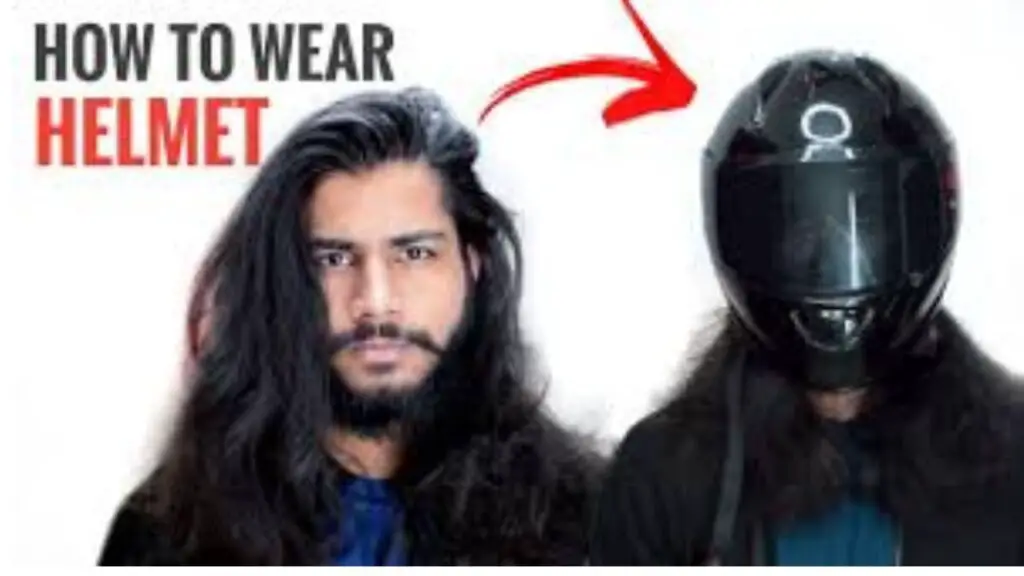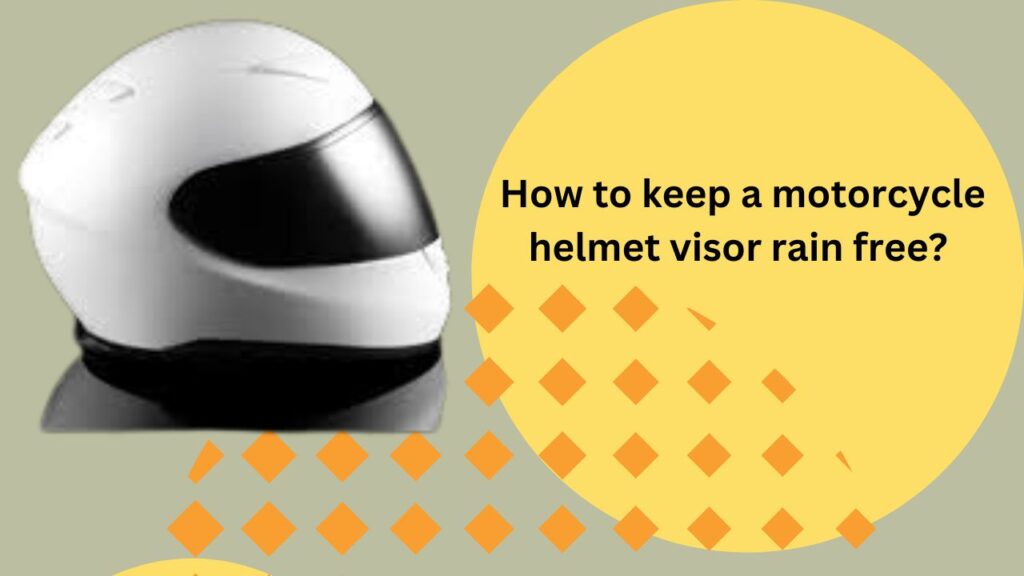Keep your ears warm under a motorcycle helmet can be challenging, especially in cold weather. For many cyclists and bikers, ear warmers are an essential accessory. These small, lightweight devices are designed to fit comfortably around your ears, providing warmth without compromising your helmet’s fit. Made from soft, warm fabric, they effectively protect the sensitive parts of your head, helping to avoid the discomfort of frostbite or extreme cold.
If you’re looking for an excellent option, consider ear warmers specifically designed to be worn under helmets. They work well on chilly days but are forecasted to warm up. This device is a smart investment for ensuring you remain comfortable and safe while riding, no matter how dangerous the weather might be.
What is the Best Way to Keep Your Ears Warm Under Your Bike Helmet?
Keeping your ears warm while biking is crucial, especially in cold weather. One effective method is using an ear warmer, also known as an ear band or headband. These are designed to cover the most sensitive part of your head, providing warmth without affecting the helmet fit. I often use an earband on days that start cold but are forecasted to warm up, as it offers an excellent option to maintain comfort.
There are other ways to keep your ears warm too. Wearing a beanie or another head covering under your helmet can be very effective. For an open-face helmet, placing a cloth band over your head helps retain heat and prevents drafts from entering. In contrast, for a full-face helmet, you can wear a hat on top or use ear warmers inside the helmet. I’ve tried both methods, and they work well depending on the type of helmet I use.
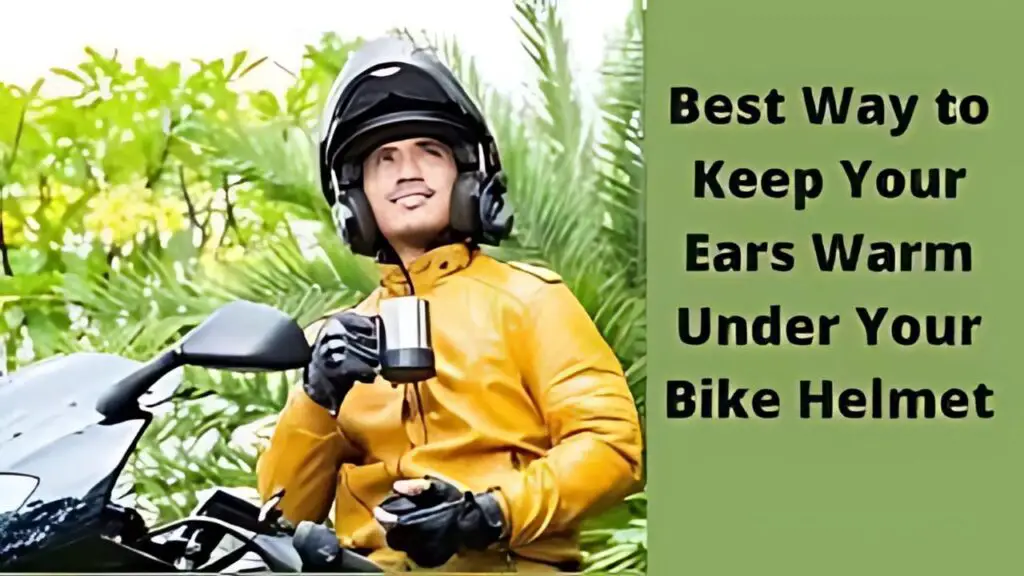
Top Products That Will Keep Your Ears Warm Under Bike Helmet
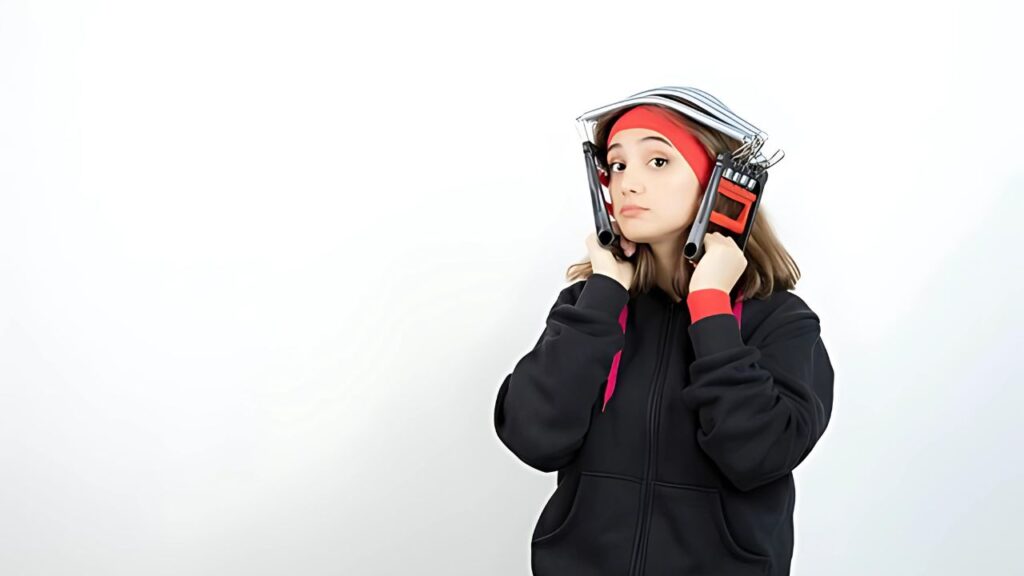
Using Hats for Warmth
When biking in cold weather, one simple method to keep your ears warm is to use a hat. Although it might feel weird to wear a hat under your helmet, it’s an effective way to provide additional warmth. Toques, beanies, and knit caps are particularly useful as they fit snugly and can be adjusted for comfort.
Whether you are cycling to work, heading for a ride, or hitting your local bike park, don’t forget to wear a beanie. It helps keep warm air circulating and your ears warm. In my morning riding routines, I use the MERIWOOL unisex merino wool cuff beanie. It is thick enough to keep warm air inside and not too thick to interfere with your helmet. Made from ultra-soft, itch-free fabric, it ensures maximum comfort and allows you to continue pedaling without worrying about overheating. This adaptive clothing technology makes these beanies perfect for the entire winter, whether on the coldest days or just chilly and windy days.
Ear Bands
A thin band is another practical solution. Designed to be wind-resistant and breathable, these bands fit comfortably under your helmet without adding bulk. They cover your ears effectively, keeping them warm while allowing some airflow to prevent overheating.
Balaklavas and Dickies
Balaclavas and dickies are versatile garments that offer protection for both your neck and ears. Balaclavas cover your entire head and neck, with openings for your face, while dickies typically cover the neck and extend up to protect the base of the skull. Both are made from warm, insulating materials like polar fleece, which helps to keep the cold at bay.
A balaclava is an excellent way to prepare for a winter ride, especially in the early morning. It covers your ears, face, and shoulders, keeping you warm and protecting you from the cold. For cyclists, the Tough Headwear balaclava is the best option as it fits well with a helmet and provides optimal protection. It keeps warm air inside and ensures your ears and face stay warm even on the coldest rides through snowy forests or mountain trails.
Helmet Covers
A helmet cover is a fabric sleeve that stretches over the top of your helmet. This cover helps to cut down on wind and insulates the helmet, making it a great addition for colder climates. It’s easy to install and can be used throughout the season to provide added warmth.
Chillcheater Skull Caps
Chillcheater skull caps are specifically designed for activities like kayaking but work excellently under motorcycle helmets. Made to fit snugly and hold the warmth close to your head, these caps are ideal for cold conditions. They also help in keeping the wind off your ears, adding an extra layer of comfort.
A skull cap is a thin, tight-fitting hat that covers your head and ears. These skull caps are perfect because they don’t interfere with your helmet and are both warm and wind-proof. They also prevent sweat from running down your forehead, similar to headbands.
One I’ve used is made from wicking fabric that is stretchy and soft on the inside. It fits comfortably under a bike helmet and prevents cycling helmet hair. It’s suitable for both men and women and has a hole in the back for a ponytail.
Cycling Caps with Visors
For those who need additional sun protection, a cycling cap with a visor can be worn under the helmet. This cap keeps the ears covered and helps shield your eyes from the sun, making it suitable for rides in bright conditions.
Earmuffs and Winter Kits
Some motorcycle helmets come with winter kits that include earmuffs. These are designed to keep your ears warm and can be a great investment for riders who frequently face extreme cold. Earmuffs fit over the ears and provide insulation from the wind and cold.
Neck Warmers
Polar fleece neck warmers or neck gaiters can be pulled up to cover the ears and neck. These are particularly useful for riders who need to maintain warmth without adding extra layers under the helmet. They can be adjusted to cover as much or as little as needed, providing flexibility and comfort.
Why is it Necessary to Keep Ears Warm?
Keeping your ears warm is crucial, especially in cold weather. The ear is a delicate organ that needs to be protected to avoid infections. When your ears are exposed to the cold, they can become frostbitten or dry out, which can lead to further infections. I’ve experienced the discomfort of cold ears while hiking in winter. Ensuring my ears were warm made a significant difference in my overall comfort and health.
Moreover, keeping ears warm is especially essential for people who live in cold climates or engage in outdoor activities during winter. Cold weather can easily affect the ears, causing them to become frostbitten or dry out, which can lead to infections. From my experience, using earmuffs or a warm hat has helped me avoid these issues. It’s a small but vital step to protect such a delicate part of the body.
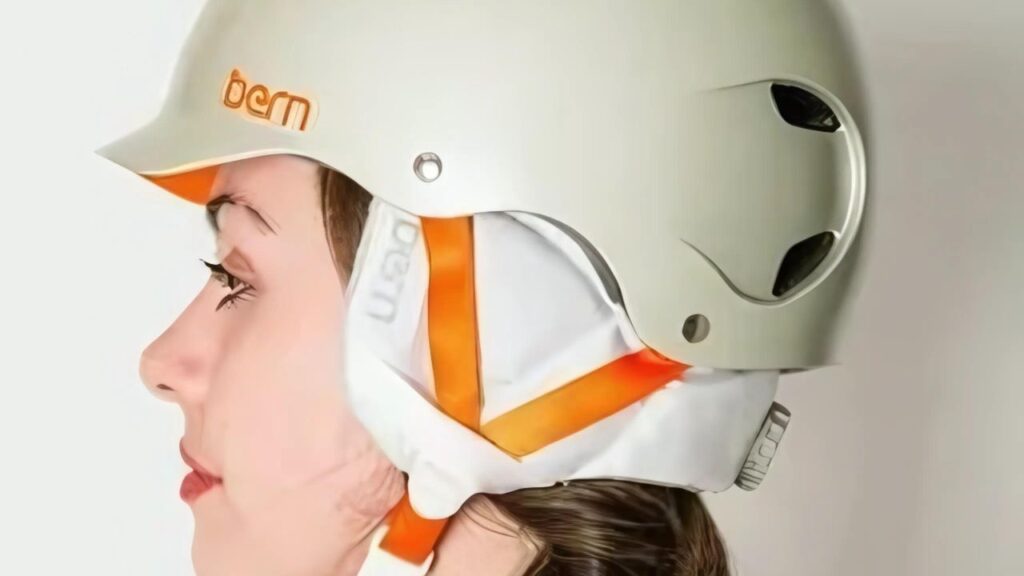
Conclusion
Keeping your ears warm while riding involves choosing the right instrument or accessory. Whether it’s a hat, ear band, balaclava, helmet cover, or other options like chill cheater skull caps and cycling caps, each has its advantages depending on your specific needs and the weather conditions. Experiment with different methods to find what works best for you and ensures a more comfortable and enjoyable ride in cold weather.
FAQs
How do you keep your ears warm with a riding helmet?
To keep your ears warm with a riding helmet, use an ear warmer, also known as an ear band or headband. It covers the sensitive part of your head, keeps you warm, and has a negligible effect on the helmet fit.
How do I keep my head warm in my motorcycle helmet?
To keep your head warm in a motorcycle helmet, use a balaclava or ski mask made of wool. It keeps heat under your helmet and warms your head, face, and neck while being designed for safety.
How do you stop your ears from hurting when wearing a helmet?
If your ears hurt when wearing a helmet, try a different model or brand. The helmet might be slightly smaller in size, causing discomfort, so choosing one that fits better can help.
What to Wear Under a Motorcycle Helmet
When riding, head wraps or doo rags are ideal for wearing under your motorcycle helmet. They help to absorb sweat, prevent oils from reaching your hair, and keep the helmet clean. This not only keeps your eyes free from sweat but also makes it more beneficial for long hours on the road. Choose options that are odor-free and comfortable for the best experience.
About the Author
I am Daniel Ken, an experienced motorcycle rider with 8 years on the road, and I specialize in writing about motorcycle helmets. I share expert insights on helmet safety, comfort, and style, helping fellow riders choose the best gear. My knowledge covers top safety standards, helmet types, premium materials, and advanced ventilation and noise reduction features.
